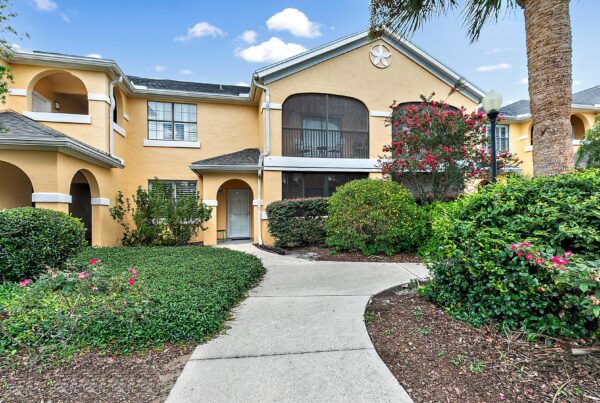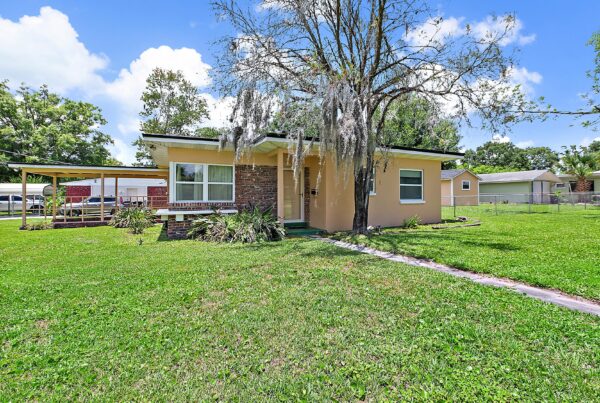The Pros and Cons of Building a SPEC Home: Is it Worth It?
In the world of real estate, building a SPEC home can be an enticing venture. SPEC homes, short for speculative homes, are properties constructed by developers without a specific buyer in mind. These homes are built based on market demand and anticipated buyer preferences. While the idea of creating a home without a buyer might seem risky, it can also hold numerous advantages. In this blog post, we will explore the pros and cons of building a SPEC home, helping you determine if it’s a worthwhile investment.
Pros of Building a SPEC Home:
Potential for Higher Profit Margins:
One of the main advantages of building a SPEC home is the potential for higher profit margins. By correctly predicting market trends and building homes accordingly, developers can capitalize on increasing property values. If the demand for housing is high, and you can deliver a quality home that aligns with buyers’ preferences, you stand a good chance of making a substantial profit.
Faster Turnaround Time:
Unlike custom-built homes, which require extensive consultation with buyers and longer construction periods, SPEC homes can be built more quickly. Since these homes are based on a general idea of what the market desires, developers can streamline the construction process, leading to faster turnaround times. This speed allows for quicker sales and reduces the holding costs associated with the property.
Flexibility in Design and Features:
Building a SPEC home provides developers with some creative freedom. While the design and features should still appeal to a wide range of potential buyers, there is room to showcase unique elements and design trends. This flexibility can attract buyers looking for something special, giving your SPEC home a competitive edge in the market.
Cons of Building a SPEC Home:
Uncertainty in Market Demand:
One of the inherent risks of building a SPEC home is the uncertainty in market demand. Predicting buyer preferences and trends accurately can be challenging, and there’s always the possibility that the market might shift before the home is completed. If the demand for a certain style or location changes, you could find yourself with a property that struggles to sell.
Financing and Holding Costs:
Financing a SPEC home can be more challenging than a custom-built home. Lenders may view these projects as riskier, which can lead to stricter lending terms and higher interest rates. Additionally, since the property is not generating income until it’s sold, holding costs can accumulate, eating into potential profits.
Limited Personalization for Buyers:
Unlike custom-built homes, where buyers have the freedom to personalize every aspect, SPEC homes offer limited customization options. While this may attract buyers who prefer convenience, it can also deter those who have specific design preferences or want a more personalized living space.
Building a SPEC home comes with both advantages and disadvantages. The potential for higher profits, faster turnaround times, and design flexibility are enticing benefits. However, the uncertainty in market demand, financing challenges, and limited customization options pose risks. Before embarking on a SPEC home project, it’s crucial to conduct thorough market research, assess the local demand, and weigh the potential rewards against the inherent risks. With careful planning and execution, a SPEC home can be a profitable venture in the ever-evolving real estate market.





